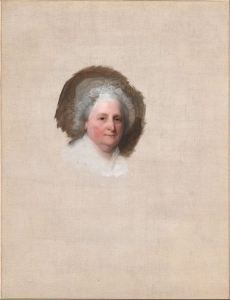Jason Goodwin's Blog: Talking Turkey, page 4
November 18, 2014
Who’s Who in Yashim’s Istanbul

November 17, 2014
The Ottoman Nose

July 2, 2014
New York Times Book Review: The Baklava Club

June 13, 2014
The Baklava Club

May 22, 2014
Five things you should know about The Baklava Club

March 28, 2014
Cover to cover

Yashim in the Crimea

March 13, 2014
Unbelievable! Unrepeatable! Incredible! Offer Must End Soon! &c

January 15, 2014
The Victorian iPhone and Other Traps for Writers
Looking through an album of old photographs the other day we came across this entertaining Victorian group.

Summer tea in a Devon garden in the 1880s: photographed by Beatrice, Countess of Durham.
Effie, on the right, has either just lost at racquets or merely resents her sister Mary’s engagement to Captain Pilkington (together, back left). Mrs Bulteel, the photographer’s mother, isn’t too sure of Captain Pilkington herself; either that, or she flatters herself she looks best in profile. At the centre of the group sits Bessie, powerful and relaxed, wearing a floppy hat.
Look more closely. Unfazed by the towering emotions playing out around her, Bessie seems to be chatting to someone on her mobile phone.
Nothing breaks the mood like a duff note – a glaring anachronism, a remark made in inappropriate slang, or the moment when a character’s eyes change mysteriously from blue to brown. On the other hand, it’s important not to get too bogged down in verifying details when you’re writing. After all, it’s the story that counts, isn’t it?
Copy editing – which we’re doing now with The Baklava Club, Yashim’s fifth Istanbul adventure – is the time to address those niggles. Is the name of the street spelled correctly? Do baby artichokes really come into market before the asparagus? And the guns – are they alright?
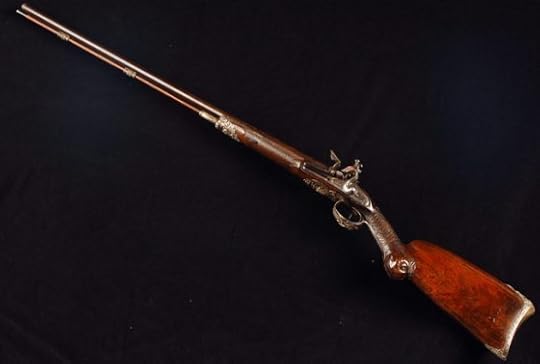
A fowling piece by the celebrated French gun-maker, Nicholas-Noël Boutet (1761-1833). It was allegedly plundered from the baggage train of Joseph Buonaparte, King of Spain, following Wellington’s victory and rout of the French during the Peninsular War at Vittoria on 21 June 1813.
The guns in question are a pair of fowling pieces belonging to Count Palewski, Polish ambassador in Istanbul, and Yashim’s friend. They were made in the early years of the nineteenth century by the Parisian gunsmith Boutet: exceptionally light and very beautiful. For this, and related detail, I consulted the Royal Armouries Museum, and my thanks are due to Mark Murray-Flutter who not only provided me with gunnery jargon but ultimately re-wrote a few sentences of The Baklava Club himself.


January 14, 2014
Washington’s Teeth
Gideon Fairman was a blacksmith who developed an aptitude for engraving, and eventually chose to work on a reproduction of probably the best-known portrait in world history, Gilbert Stuart’s 1795 portrait of President Washington.
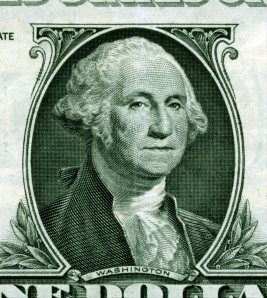
Gideon Fairman’s engraving of Gilbert Stuart’s portrait, on the dollar bill
Fairman’s rendering of Stuart’s Washington has been reproduced at least 14 billion times since it first appeared on the US dollar bill in 1929. It finds its way onto T-shirts, chocolates and government web-sites. By all accounts it is taken from one of the worst likenesses of Washington ever produced: infinitely more human portraits of the President were done by the Philadelphia artist Rembrandt Peale. It was not really Gilbert Stuart’s fault that his picture worked out so pumpkin-like and expressionless. Stuart was first-rate: he had worked in London with the great progenitor of American painting, Benjamin West, and competed for sitters successfully against some of the giant names of British art.
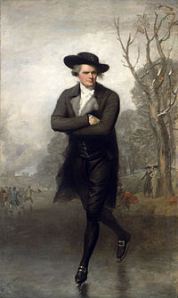
The Skater, Stuart’s 1792 portrait of William Grant.
Unfortunately for Stuart, Washington sat for him while he was trying to get used go a new set of false teeth, ‘clumsily formed of Sea-horse Ivory, to imitate both teeth and gums, [which] filled his mouth very uncomfortably…’ The president clapped them in every time he sat, hoping that they would grow more comfortable if he used them; in the end he abandoned them. ‘Mr Stuart himself told me that he never had painted a Man so difficult to engage in conversation, as was his custom, in order to elicit the natural expression, which can only be selected and caught in varied discourse. The teeth were at fault,’ explained Rembrandt Peale.
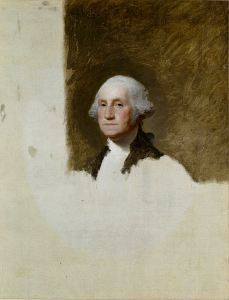
The Athenaeum portrait of Washington, wearing his uncomfortable false teeth
He might have enjoyed his innocent schadenfreude rather less had he known how the American public would always like this stiff, stubborn portrait, mutton-jaw and all. Stuart produced a total of three portraits of Washington and then, seeing how his bread was buttered, 111 replicas. In fact he lived off Washington’s face. Long before his portraits of the President appeared on the currency he lightly referred to them as his ‘one-hundred dollar bills.’
The original, so-called Athenaeum head was never finished; like its companion piece, a portrait of Martha Washington, it remains a sketch on oils and may be seen at the Boston Museum of Fine Arts.
An extract from my biography of the dollar, GREENBACK: The Almighty Dollar and the Invention of America.


Talking Turkey
I I'm drawn to Istanbul the way one is drawn to Dickens's London, or Chandler's LA: it is a riotous, burgeoning, creative city with stories round every corner. An atmosphere I try to catch in my books.
I'm an intermittent blogger but feel free to browse: there are essays on the city, on crime writing, on books, food, Polish freedom fighters, and history. ...more
- Jason Goodwin's profile
- 411 followers


